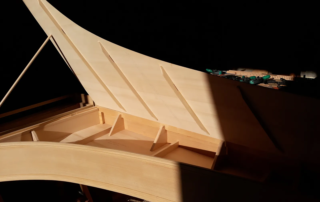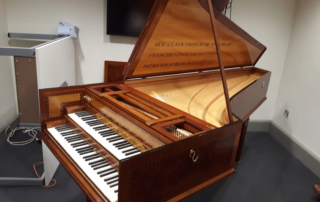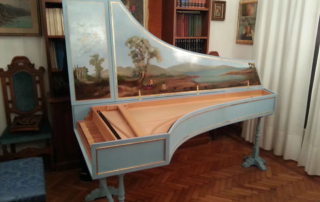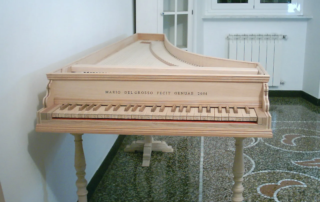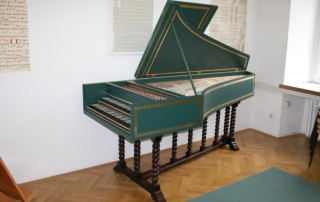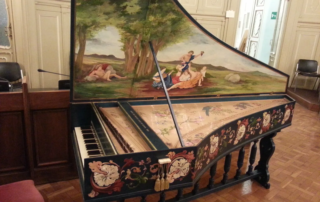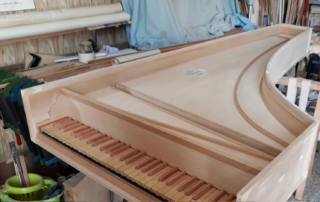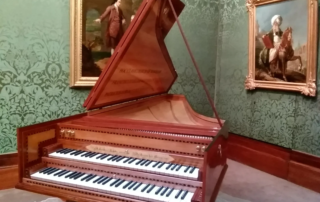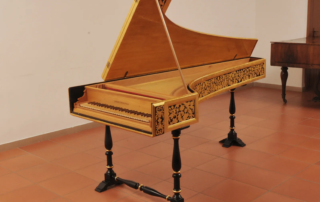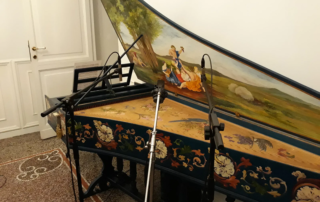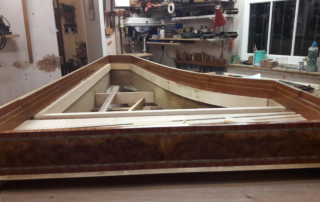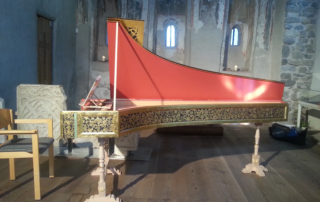Mario Del Grosso
Construction and Restoration of Harpsichords, Spinets and Fortepianos
Each instrument made is the result of hard work and research that combines history, art and music, inviting us to rediscover the authentic splendor of the ancient musical tradition
Harpsichord manufacturer
Where art unites with tradition
Mario Del Grosso is a builder and restorer of harpsichords, spinets and fortepianos. These are accurate replicas of prestigious historical instruments and currently preserved in global museums and private collections.
These instruments are made with high-quality materials and according to strict philological criteria, combining accurate construction techniques and modern equipment.
His workshop, in addition to production, is also dedicated to education on maintenance and tuning, enriched by collaboration with decorators and painters for the aesthetics of the instruments, evoking the historic synergy between makers and artists. Such instruments aim to honor the era of early music and its composers, offering instruments worthy of that musical legacy.
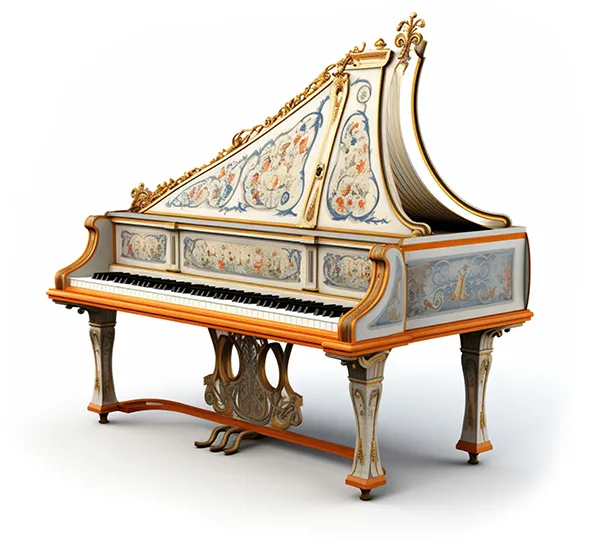
Harpsichords
Our Instruments
Cypress Wood Spinet – Copy of Zenti 1600
This spinet, made with craftsmanship and attention to detail, is constructed using cypress wood for the case, with the option of adding an external case upon request. The interior of...
English Harpsichord – Copy of J. Kirckmann, 1785 with Double Keyboard
This English harpsichord, an accurate reproduction of J. Kirckmann’s 1785 model, is remarkable for its craftsmanship and elegant design, with a double keyboard that expands its expressive capabilities and makes...
Italian Harpsichord – Copy of Grimaldi 1697
This is a faithful reproduction of a historic harpsichord built in 1697 by Carlo Grimaldi in Messina, now preserved in perfect condition at the Nuremberg Museum in Nuremberg, Germany. Carlo...


